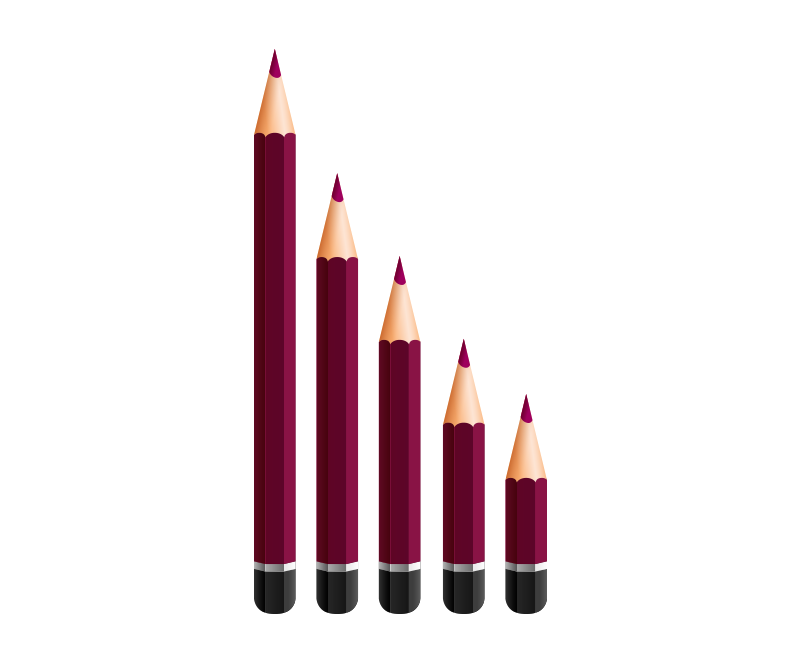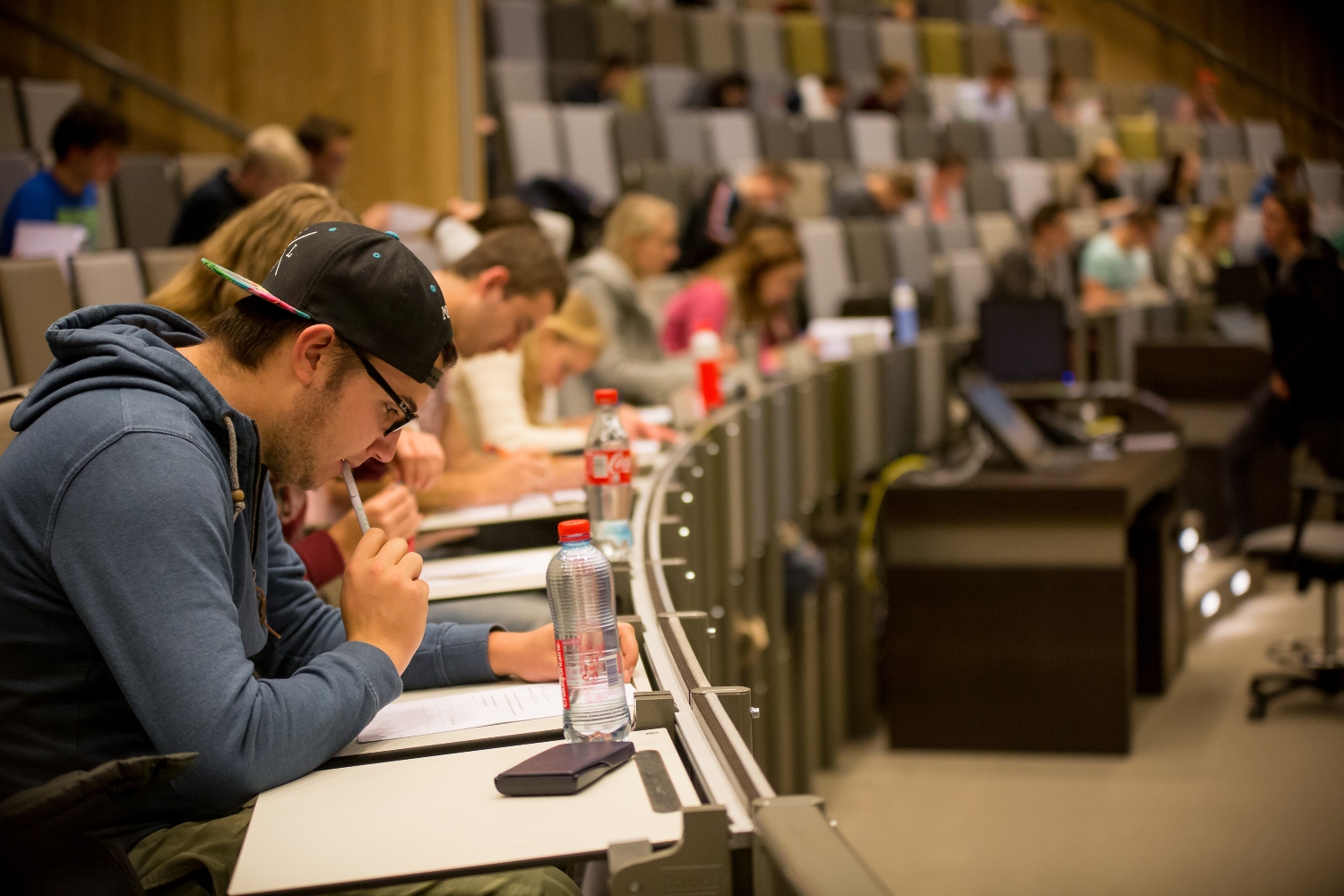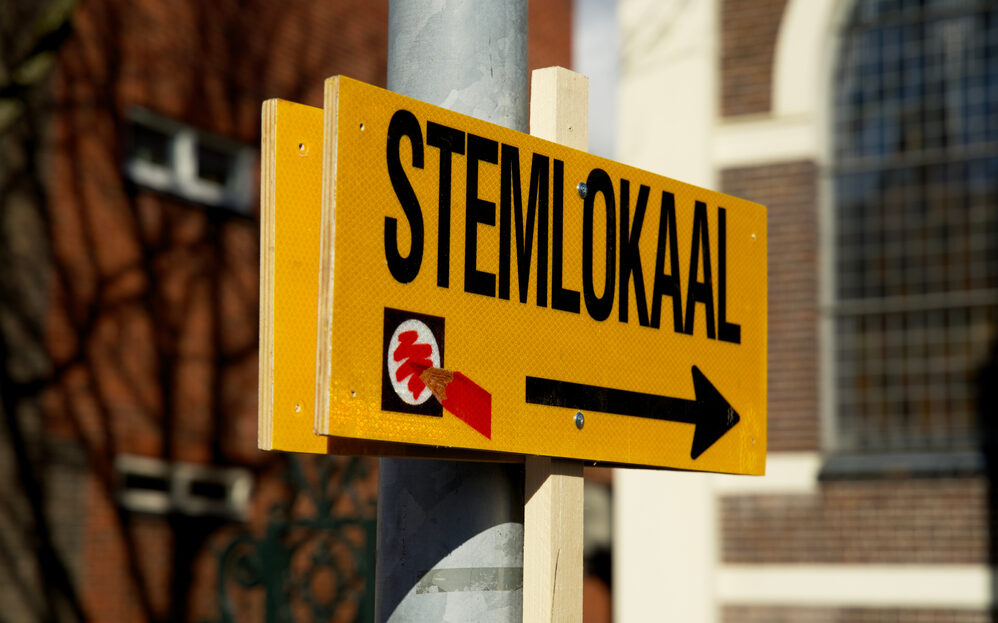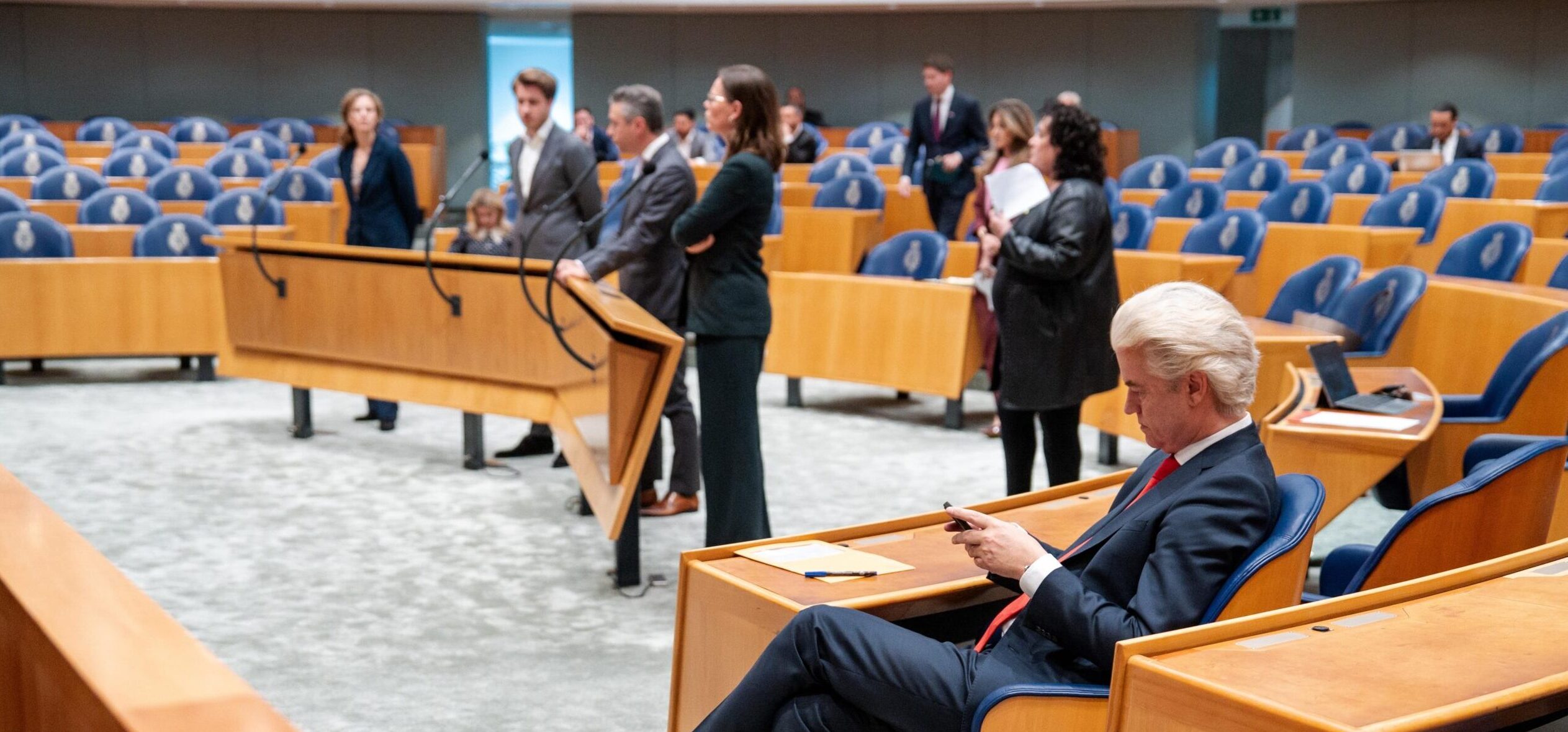With three weeks to go until the Dutch parliamentary elections, the political campaigning is reaching boiling point. The Strategic Communication chair group is observing closely with a view to understanding the role of social media in the decision which way to vote. For those interested in campaign-watching, Professor Rens Vliegenthart suggests five things to pay attention to.
Right now, the Strategic Communication chair group is all about the Wageningen Parliamentary Elections Study, as chairholder Rens Vliegenthart calls it informally. ‘Not an official project name, mind you, but what we’re doing at the moment boils down to that,’ he says. Elections are a key element in both the Vici grant that Vliegenthart got early this year and the ERC grant that Sanne Kruikemeier (professor of Digital Society and Media) came to Wageningen with last year. After the cabinet fell, they decided to pool those grants to conduct a large panel study of the current election campaign.
For this study, a fixed group of about 2000 Dutch people who are eligible to vote are questioned every two weeks. Some questions stay the same, to monitor whether and how voting choices change over time, and whether those shifts are related to the media people use. ‘And then we also include some questions or little experiments for other projects, to do with political influencers, for instance, or polarization or misinformation,’ explains Vliegenthart.
A large data donation project is also being run during these final weeks of the campaign. For this, a number of people from the survey panel send in the political information they come across a couple of times a day.
‘People have become very, very cynical about politics and politicians’
This can range from TikTok challenges to WhatsApp messages and adverts or reports in traditional media. ‘Those data give us an insight into how they arrive at their voting decision,’ says Vliegenthart. Resource asked him for five pointers for WUR would-be campaign-watchers to pay attention to.
1. The tone: polarizing or reconciliatory?
‘Our survey asks about voting preferences and media consumption, as well as about how voters see people who vote for other parties. We do that using a kind of thermometer, which we repeat periodically. So far there are clearly distinguishable left-wing and right-wing blocs and a bit of a centrist bloc. Their thinking is exactly what you would expect: the further to the left voters are, the more they deplore the right, and vice versa. We also look at attitudes to particular issues. Climate change and immigration/ asylum seekers are the two divisive issues so far. Of course, the Israel-Palestine conflict might feature now too. The dynamics around those subjects in the last phase of the campaign are interesting. What do the political parties emphasize, what do the media highlight, what’s the tone – and what will the effect be on voting behaviour? We hope we can find out how that works through our study.’
2. Microtargeting in your timeline
‘In 2021 we studied for the first time how political parties steer their advertising on social media. GroenLinks (the Green Left) proved to be pretty good at reaching their own voters; the PvdA (the Labour Party) was fairly successful in targeting supporters of GroenLinks and D66 (a centrist party). But generally speaking, the microtargeting was not too impressive. On my own Facebook timeline, for example, I got adverts in that period that varied from Forum for Democracy to the Party for the Animals – opposite ends of the political spectrum. That suggests that the selection processes were still very crude back then. We are interested to see whether parties are now more capable of reaching particular voters, and which groups those are.’
3. Soundbites & WhatsApp
‘We are familiar with soundbites from parliamentary or television debates that start leading a life of their own. At moments like that, the campaign teams are always on the lookout for nice quotes to use. It’s likely that WhatsApp groups are also important for spreading that sort of political message. They are an important source of information, especially for young people. Those groups are not easy for us to monitor as researchers, but we explicitly ask our survey panel for examples.’
4. Artificial intelligence
‘AI probably doesn’t play a big role in this campaign. The BBB (the Farmers’ and Citizens’ Movement) used ChatGPT to write its manifesto, but that’s all. I would expect only incidental use of deepfakes, at most. In the United States, that kind of campaigning activity is usually aimed at putting off voters of the other party, but in the Dutch multi-party system that approach is not efficient at all. Here, politicians really have to show what they themselves have to offer. They won’t get anywhere with only negative campaigning.’
5. Duels and cynicism
‘We know from past experience that a duel can be advantageous for both parties involved. Say the biggest challengers of these elections, Omtzigt and Timmermans, manage a neck-and-neck race, that could work against a party like the VVD (right-wing party). Historically that party is in danger of serious losses anyway, just like the CDA (the Christian Democrats) after the Balkenende cabinet and the PvdA after Kok’s cabinet. I’m interested to see whether that mechanism will kick in again now, particularly given how people are calling for change. In our study we can clearly see that people have become very, very cynical about politics and politicians. There is still a lot of confidence in democracy as such, but the Dutch have become a lot more cynical about the government and Parliament. If that is reflected in the voting, these elections could hold some surprises.’

 Illustration Shutterstock
Illustration Shutterstock 

